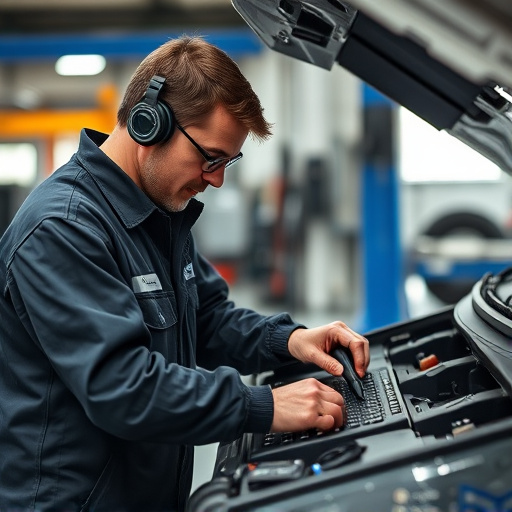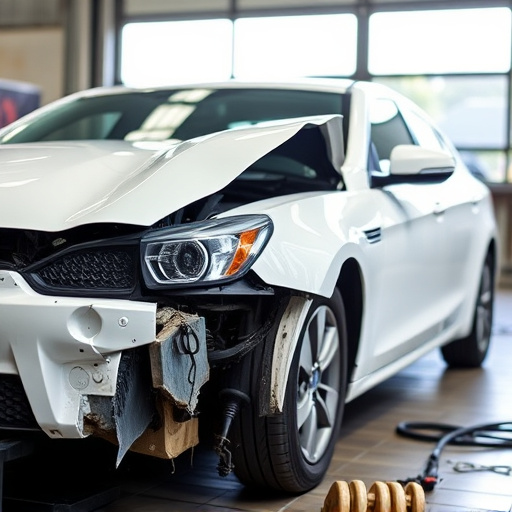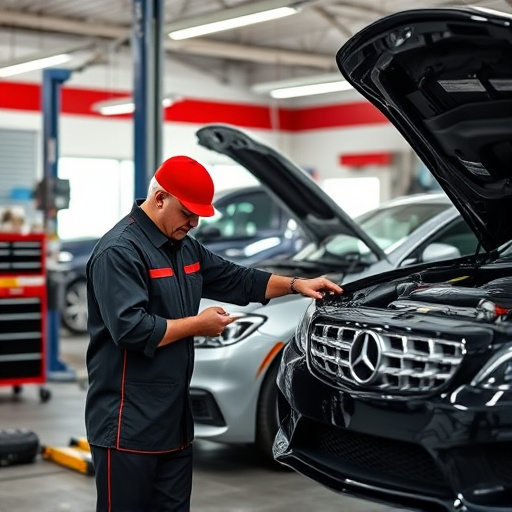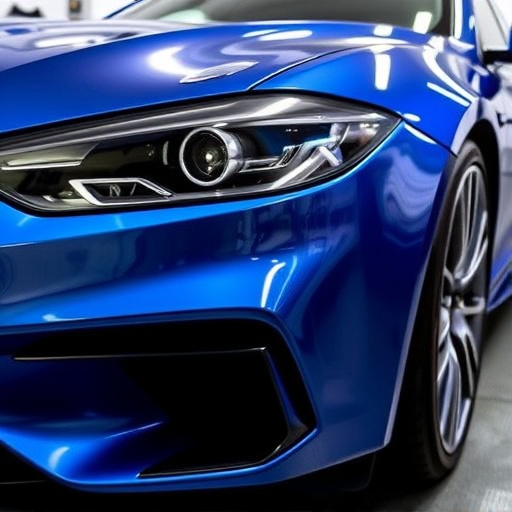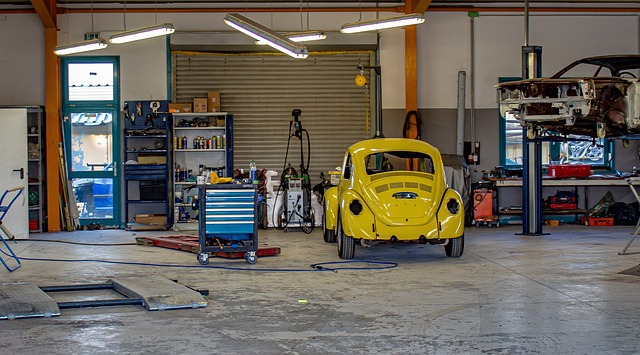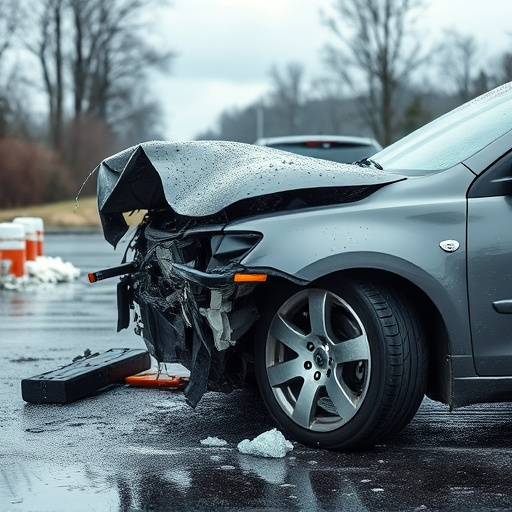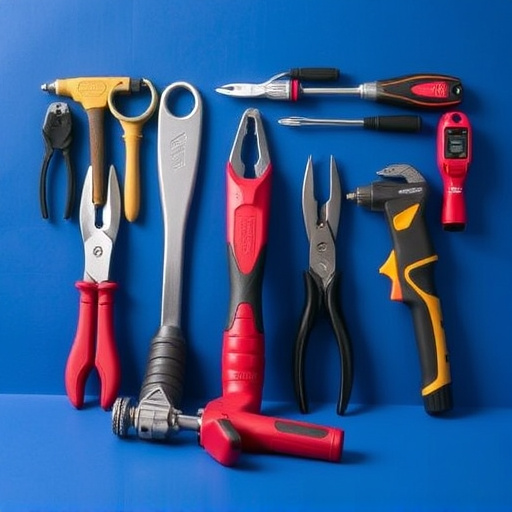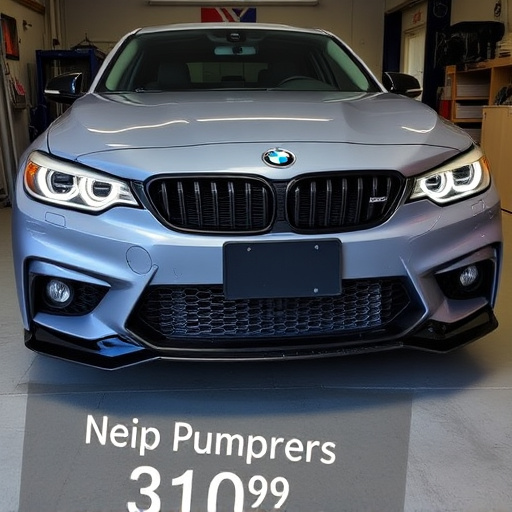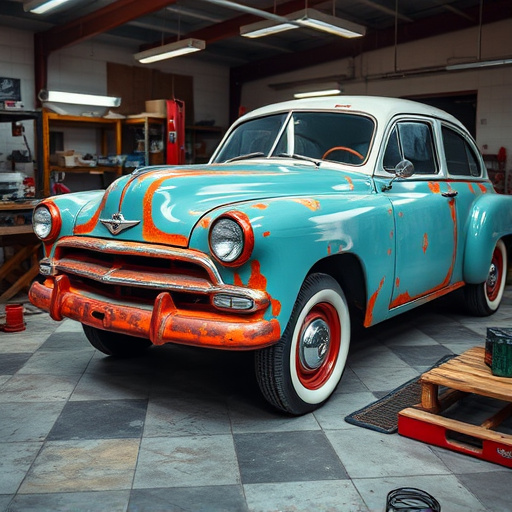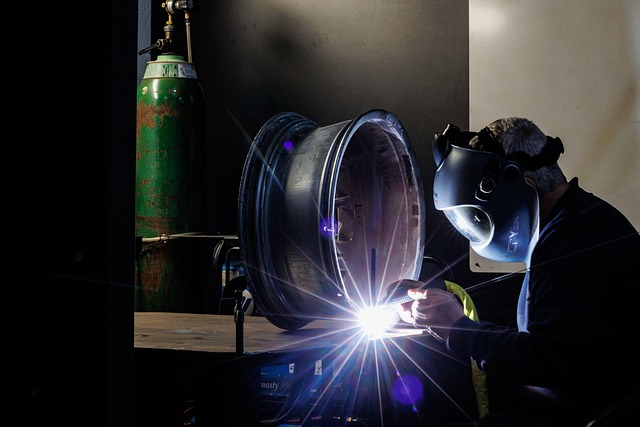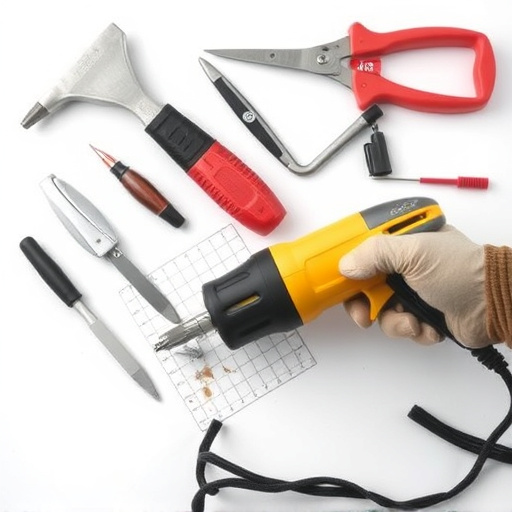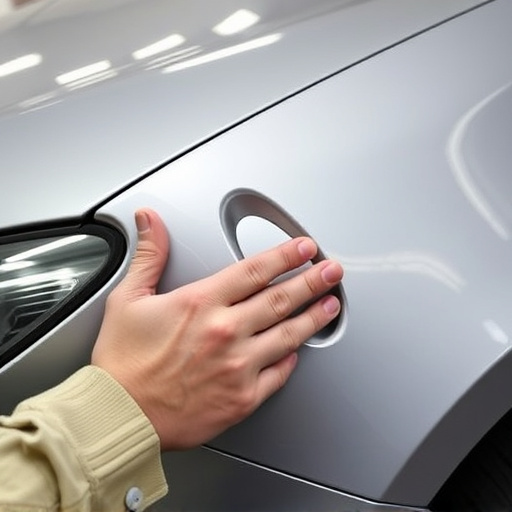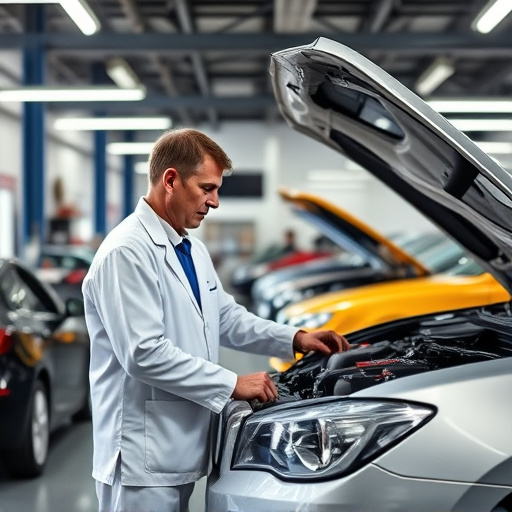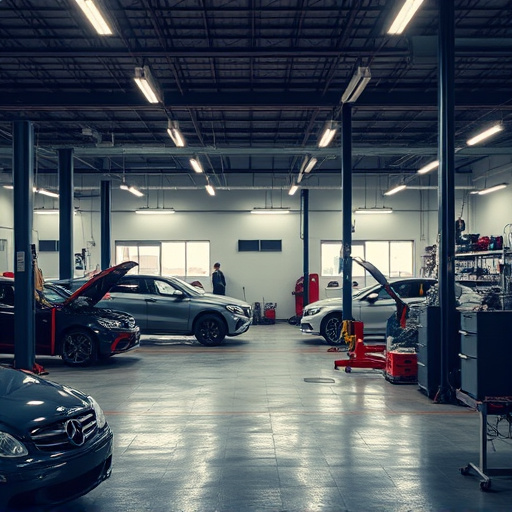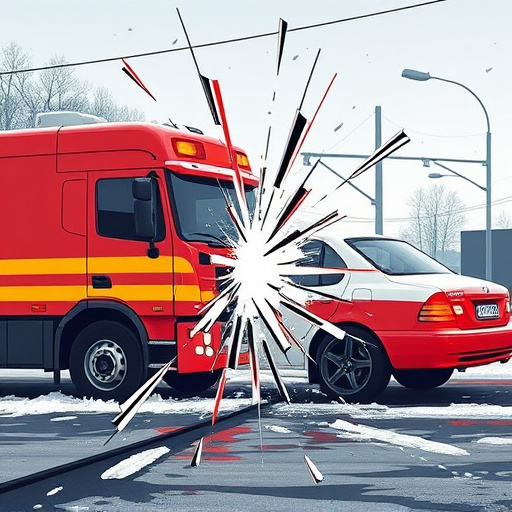Achieving a consistent pearl finish in collision repair demands meticulous attention to detail, considering paint composition, application methods, and environmental factors. Inspect the vehicle thoroughly for color tone, texture, and gloss inconsistencies. Prepare the damaged area by cleaning, sanding, and using a pearl-specific primer, blending edges precisely for seamless integration with surrounding body work. This meticulous approach ensures a flawless pearl finish, vital for classic car restoration and high-quality collision repair outcomes.
Discovering your pearl finish collision repair has inconsistent results can be disheartening. This guide is designed to help you tackle this challenge head-on, offering insights into understanding and evaluating the inconsistencies in your repair work. We’ll walk you through techniques to identify and rectify discrepancies, ensuring a flawless, even pearl finish that matches your vehicle’s original aesthetic. Learn how to perfect your pearl finish collision repair for optimal results.
- Understanding Inconsistent Pearl Finish Repair
- Evaluating the Scope of Discrepancies
- Techniques to Even Out and Perfect the Finish
Understanding Inconsistent Pearl Finish Repair
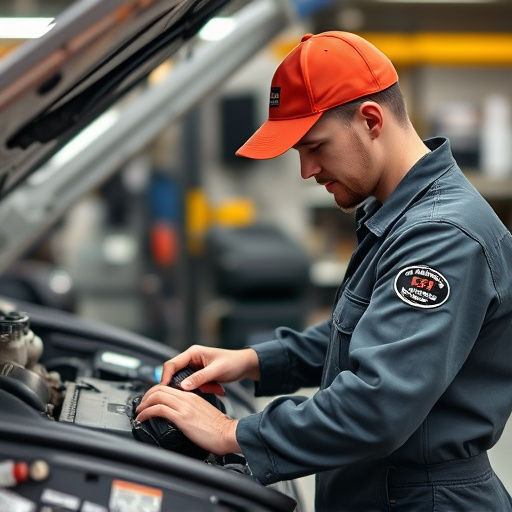
When it comes to pearl finish collision repair, achieving a consistent and flawless result can be challenging. Inconsistent pearl finish refers to variations in the color and sheen of the repaired area compared to the surrounding original paintwork. This inconsistency is often due to factors such as differences in paint composition, application techniques, or environmental conditions during the repair process.
During vehicle paint repair, especially for car body restoration, achieving a pearl finish requires precise skill and attention to detail. The subtle iridescent effect characteristic of pearl finishes can be difficult to replicate consistently, particularly when dealing with complex color shifts and varying light conditions. Moreover, factors like temperature, humidity, and the type of sandpaper used can influence the final outcome of the vehicle dent repair. Therefore, it’s crucial to understand these nuances and adjust repair techniques accordingly to minimize inconsistency in pearl finish collision repair.
Evaluating the Scope of Discrepancies
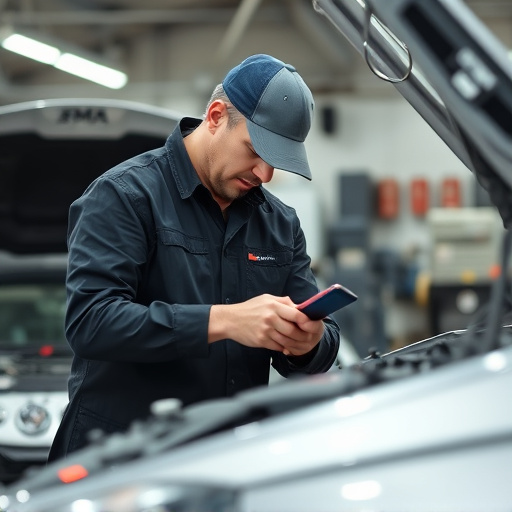
When assessing whether your pearl finish collision repair job is inconsistent, start by closely examining the entire vehicle to pinpoint areas of discrepancy. Look for variations in color tone, texture, or glossiness across different sections of the repaired panel. These inconsistencies might reveal underlying issues with the repair process, such as improper surface preparation, subpar paint matching techniques, or inadequate drying time.
Focus on details like edge alignment, gaps, and the overall blend between the repaired area and the surrounding finish. A professional car body shop should strive for seamless integration, so any visible differences could indicate problems that need addressing. Whether it’s fender repair or vehicle body repair in general, paying meticulous attention to detail is key to achieving a consistent pearl finish that matches the vehicle’s original aesthetics.
Techniques to Even Out and Perfect the Finish
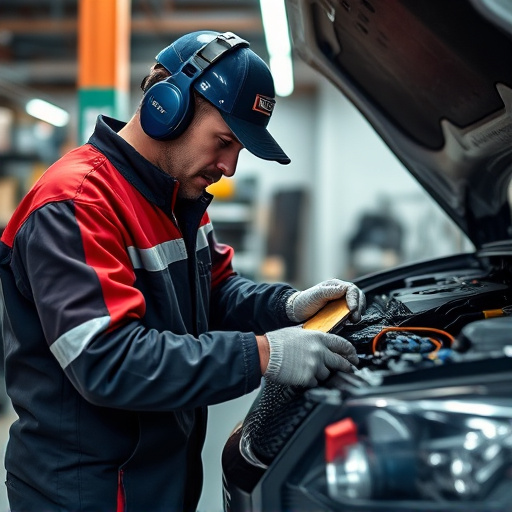
When attempting pearl finish collision repair, achieving a consistent and perfect finish can be challenging due to the intricate nature of the process. To even out the repair, start by ensuring your work surface is clean and free from any debris or dust. Use a fine-grit sandpaper to gently buff the damaged area, removing any imperfections or high spots that might disrupt the final look. This initial sanding step is crucial for creating a smooth base.
Next, apply an even coat of primer designed specifically for pearl finishes. Allow it to dry thoroughly, then use a fine brush or cloth to blend the edges of the repaired area seamlessly into the surrounding car bodywork. This blending technique ensures that the repair becomes nearly invisible once the pearl finish is applied. Remember, patience and precision are key; take your time to achieve a flawless integration for the best results in classic car restoration or any car damage repair.
When your pearl finish collision repair doesn’t meet expectations, don’t despair. By understanding the inconsistencies, evaluating the scope of discrepancies, and employing techniques to even out the finish, you can achieve a flawless result. With patience and the right approach, your vehicle will once again boast a beautiful, consistent pearl finish. Remember, expert tips and careful attention are key to mastering pearl finish collision repair.
